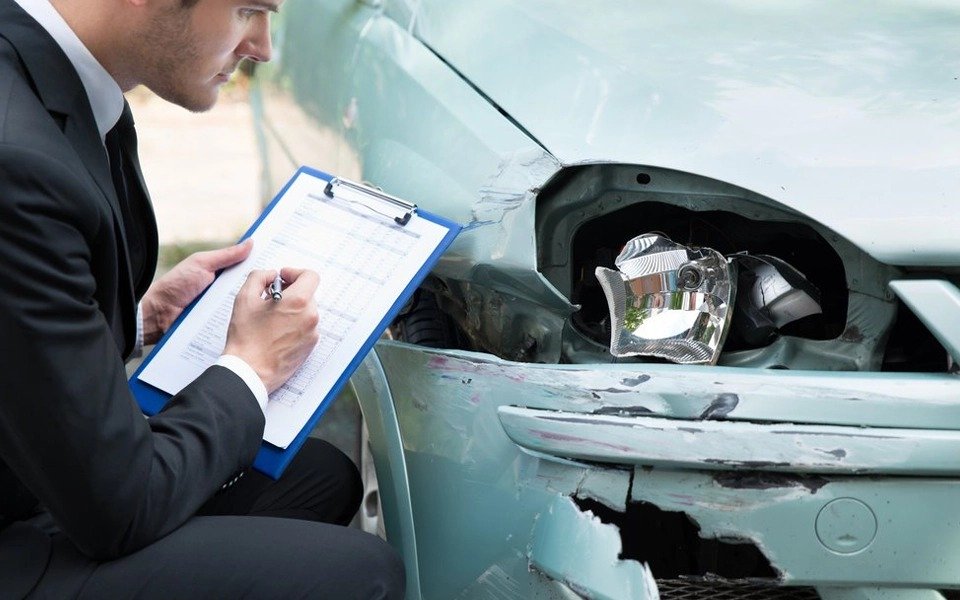What You Need to Know About Protecting Your Vehicle

When it comes to owning and driving a vehicle, one of the most important aspects to consider is how to safeguard yourself and others in the event of accidents or unforeseen circumstances. Whether you’re a new driver or have been on the road for years, understanding the essentials of vehicle protection is crucial.
1. Coverage for Accidents
Accidents can happen at any time, and when they do, having the right coverage in place ensures that you’re not financially burdened. This kind of protection covers the costs of repairing or replacing your vehicle if it’s involved in a collision or other incidents, such as hitting a tree or another car.
2. Protection Against Theft and Vandalism
Your vehicle might be at risk from theft or vandalism, especially if you park in areas with high traffic or limited security. Having a comprehensive protection plan helps you recover the costs if your vehicle is stolen or damaged due to malicious activities.
3. Liability for Damage to Others
If you’re responsible for causing harm or damage to another person’s property or vehicle, you could be held liable. Protecting yourself in such situations can cover the costs of repairs or medical expenses that might arise, helping you avoid significant financial loss.
4. Personal Injury Coverage
Accidents can lead to injuries, and sometimes those injuries can be serious. Having a plan that covers personal injuries helps with medical expenses for both yourself and any passengers in your vehicle, ensuring you don’t have to bear the financial burden alone.
5. Legal Requirements
In many places, laws require drivers to have a certain level of protection in place. Understanding the minimum requirements in your area ensures that you remain compliant with local regulations and avoid potential fines or legal issues.
6. Factors That Affect Your Premiums
Several factors influence how much you will need to pay for vehicle protection. These include your driving history, the make and model of your vehicle, where you live, and even your age. Being aware of these factors can help you make informed decisions when selecting the right plan for your needs.
7. Choosing the Right Plan
Not all plans are created equal. It’s essential to assess your needs carefully, considering factors like how much driving you do, the condition of your vehicle, and any additional risks. Research different options and compare them to find a plan that offers the best protection for your situation.
Conclusion
Protecting your vehicle and ensuring you’re covered in various situations is a vital part of responsible driving. Whether it’s an accident, theft, or personal injury, having the right protection in place can give you peace of mind and prevent financial strain. By understanding the different types of coverage available and choosing the one that best suits your needs, you can make informed decisions that provide long-term security for both you and your vehicle. Always stay informed about the legal requirements and regularly review your options to ensure that you’re adequately prepared for the unexpected.







